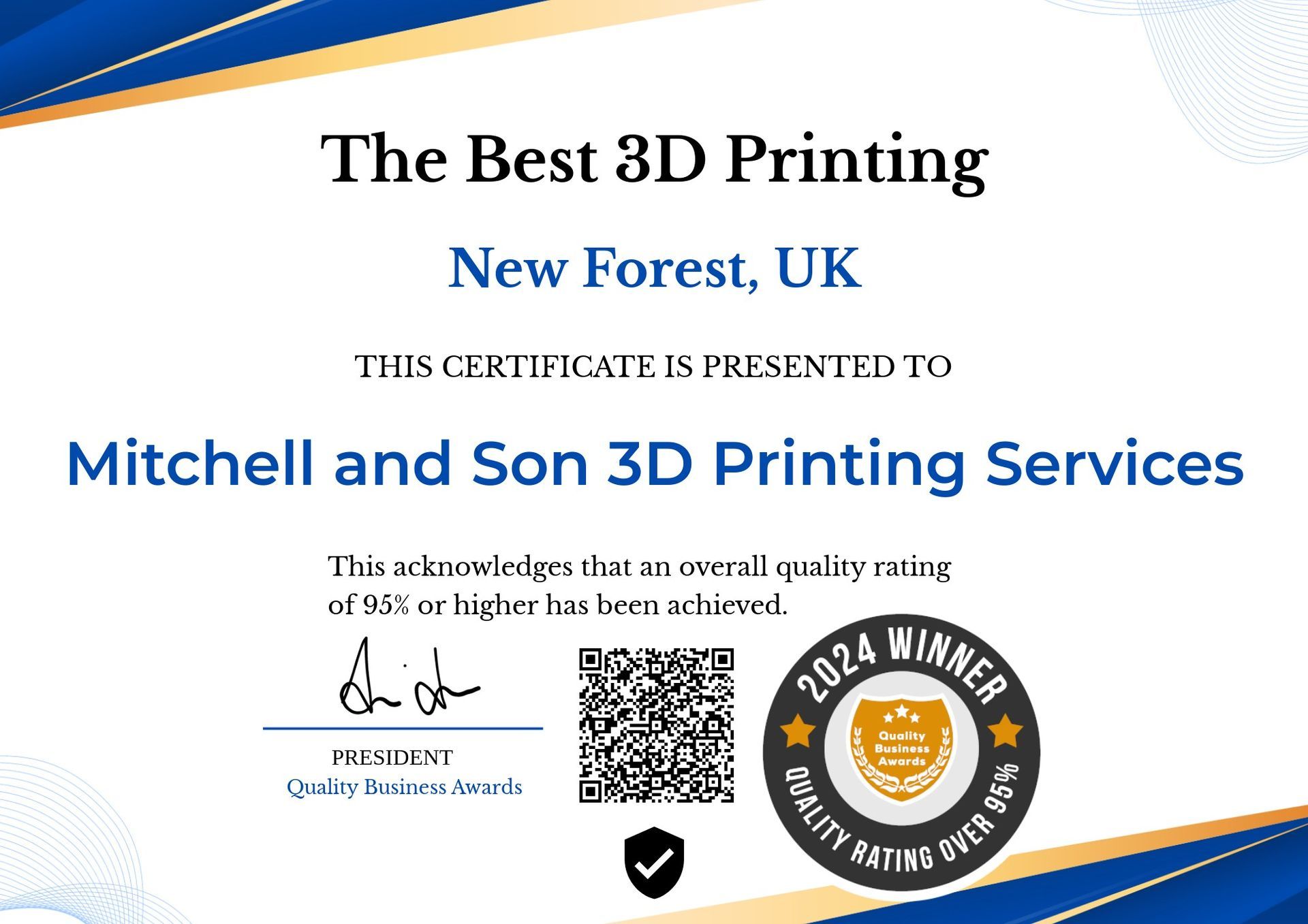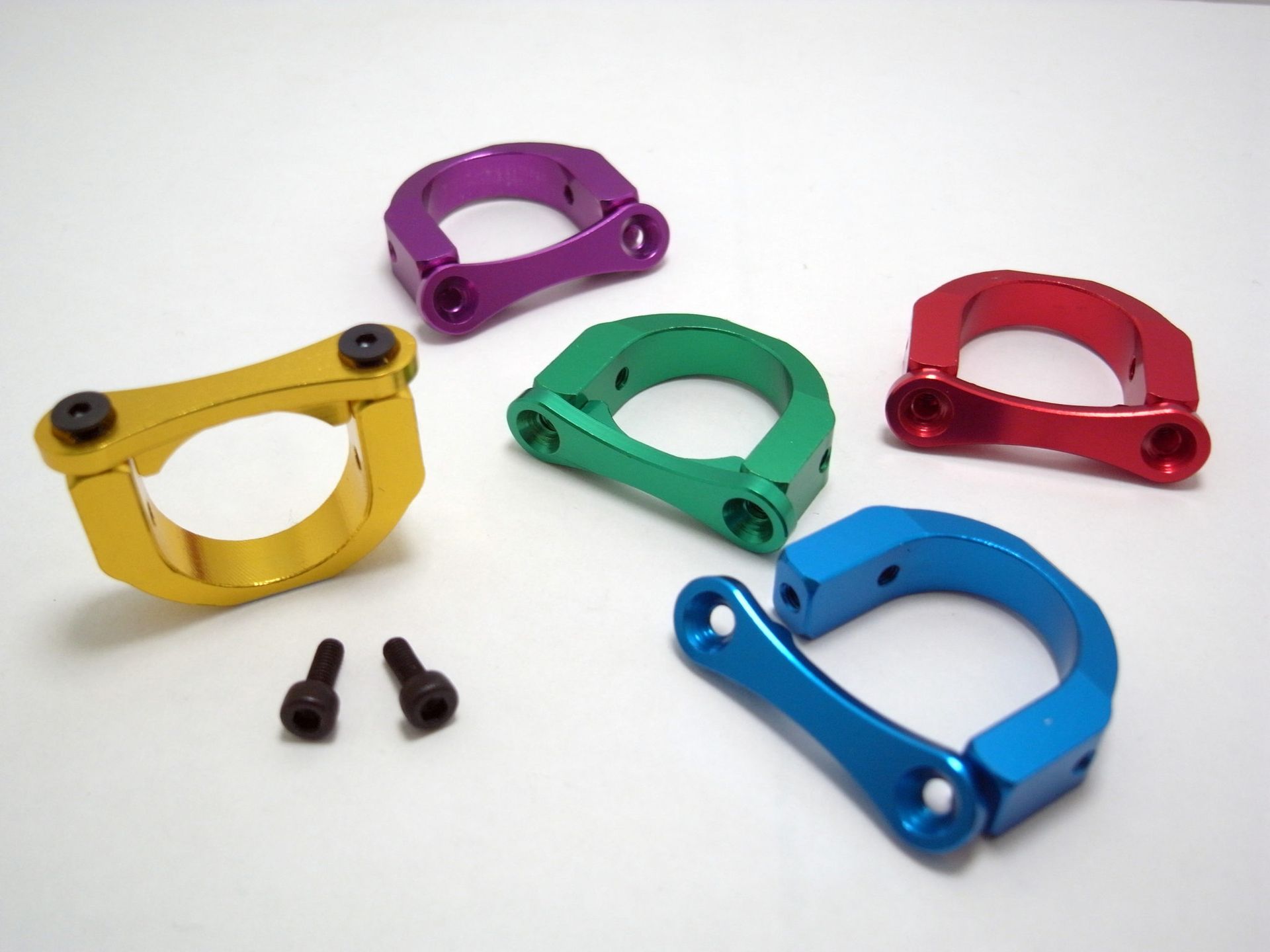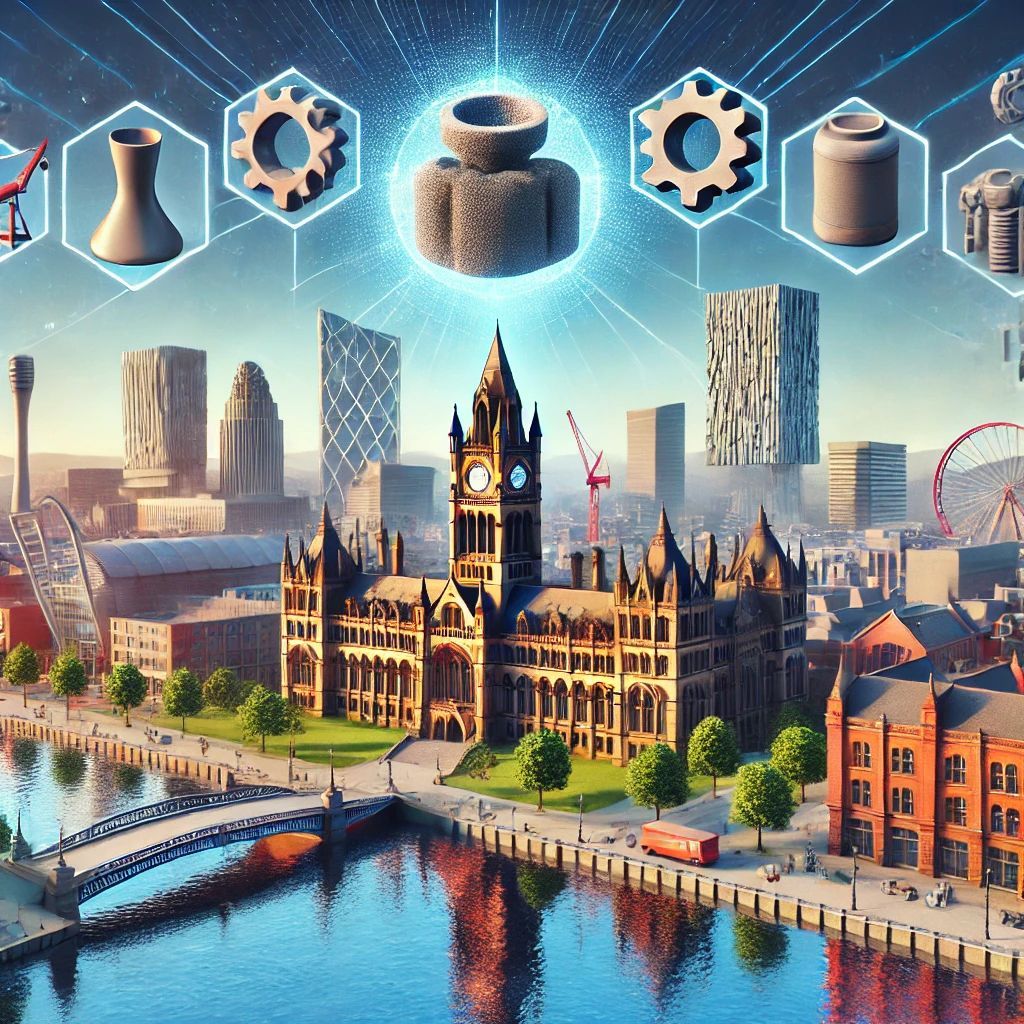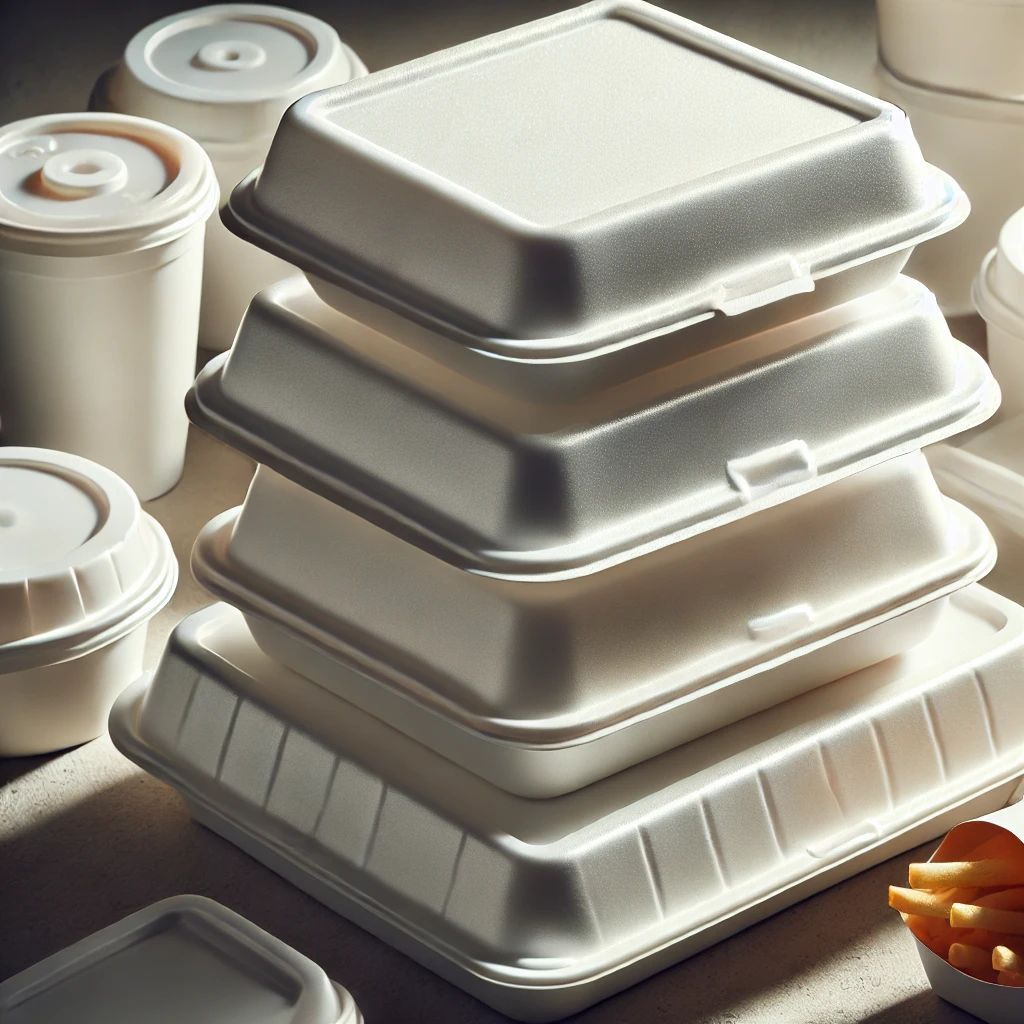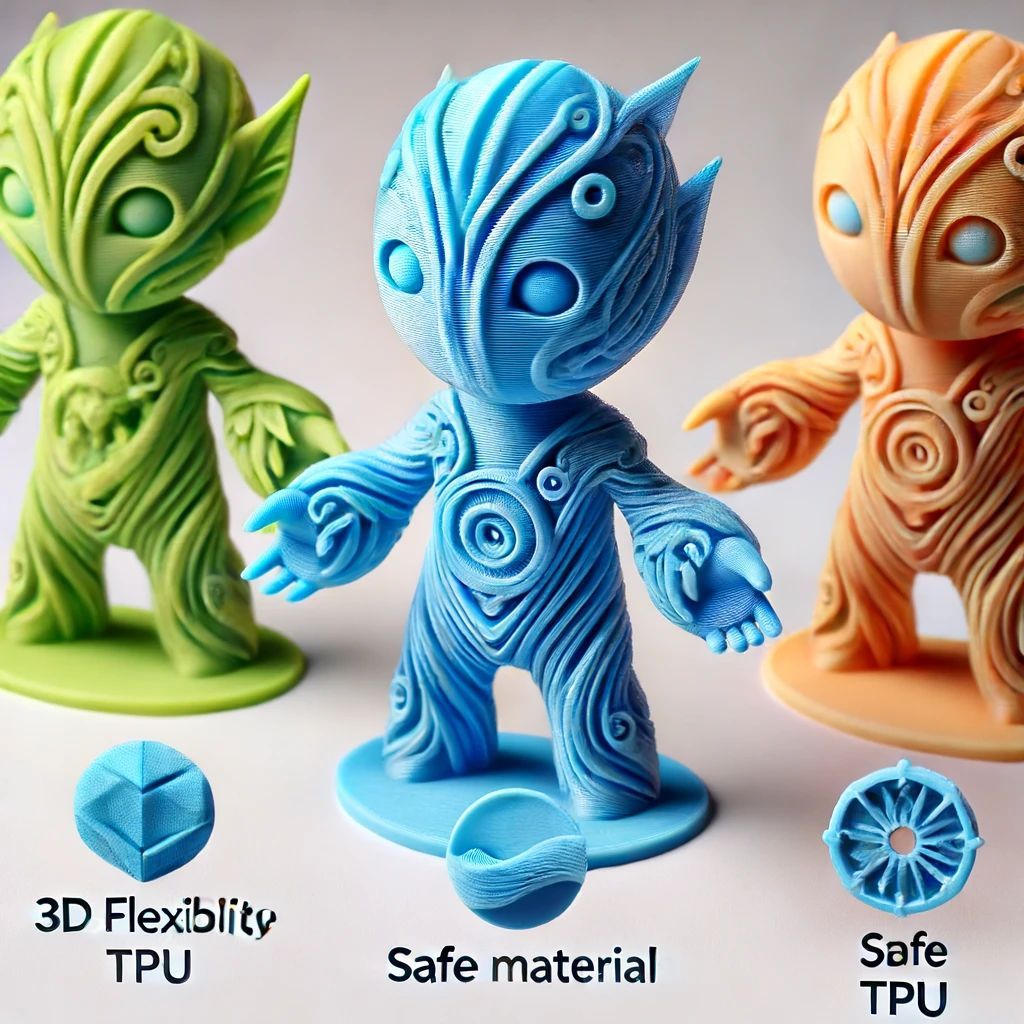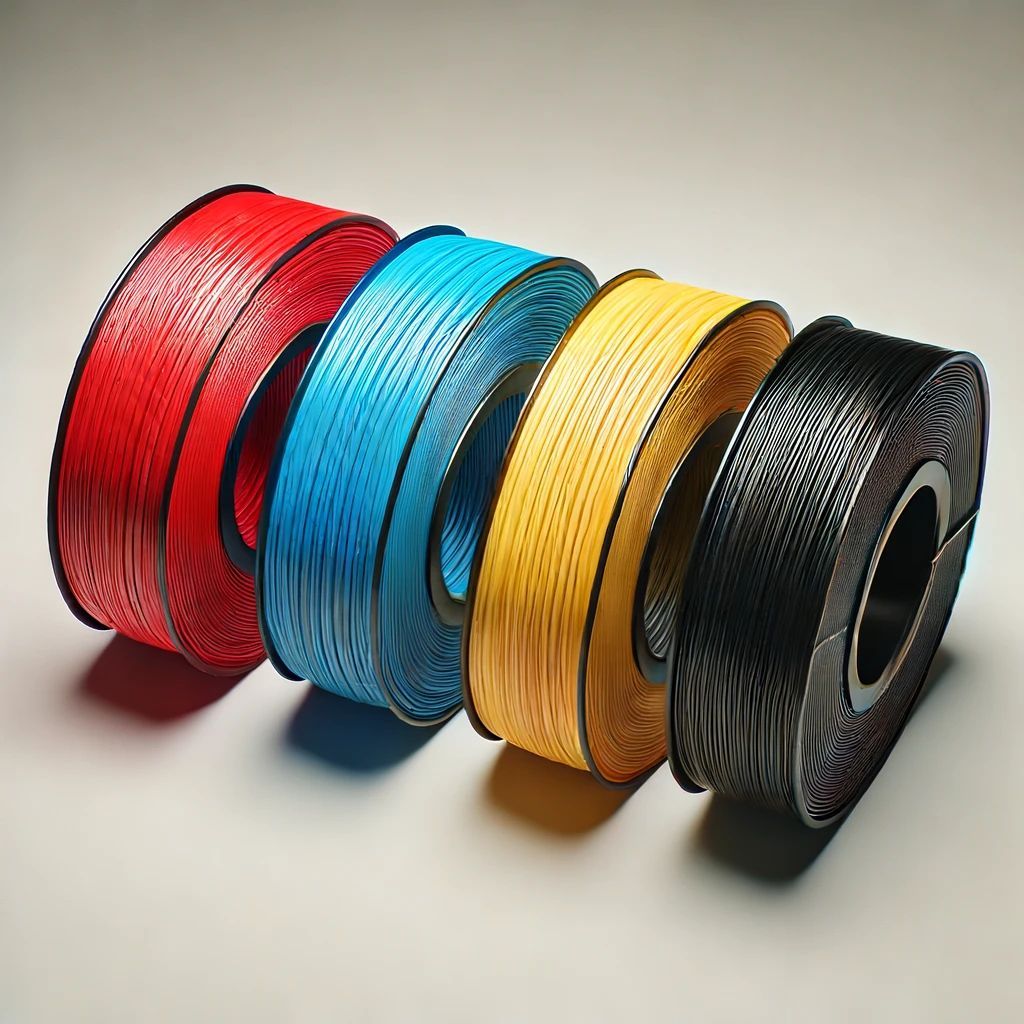3D Printed Tool Steel 1.2709/MSI
3D Printing Services
From CAD to component —we make your designs real. Mitchell & Son 3D Printing delivers high‑quality 3D printing with fast turnarounds, precise detail, and expert support.
Why choose Mitchell & Son 3D Printing?
✅ Fast Turnarounds: Get functional prototypes in days
✅ Engineering‑Grade Accuracy: Tolerances to 0.05 mm
✅ Material Variety: PLA, Resin, PETG, Nylon, Bronze, Carbon Fibre, Titanium, Woodfil, Flexible & more
✅ Design Feedback: Ensure optimal results
✅ No Minimum Order Quantities
✅ Real Support from a Real Specialist
SOME INFOMATION ABOUT THE MATERIAL
3D printed tool steel is a material obtained by superimposing fine layers of steel. 3D printed steel enables you to make parts for very technical applications that sometimes perform better than those manufactured by traditional methods. The benefits of using 3D printed tool steel are many, but the most important one is that it gives you the ability to create parts that are very precise and accurate.
3D printed tool steel is ideal for creating parts that need to be very strong and durable. It is also perfect for applications where weight is a critical factor, such as in the aerospace industry. Another great benefit of using 3D printed tool steel is that it is very easy to work with. You can easily create complex shapes and geometries that would be very difficult to produce using traditional manufacturing methods.
If you are looking for a material that can give you the ability to create parts that are both strong and accurate, then 3D printed tool steel is the perfect choice for you.
Additive Manufacturing (AM) is the production of a part through a rapid prototyping process using various techniques to produce parts layer by layer from 3D CAD models. It can also be used for production runs or where small, complex components are required that cannot easily be made using traditional manufacturing methods. We are an AM provider serving customers globally in industries including aerospace,
Contact us
Address
(+44) 07876131539
info@mitchellsson.co.uk


